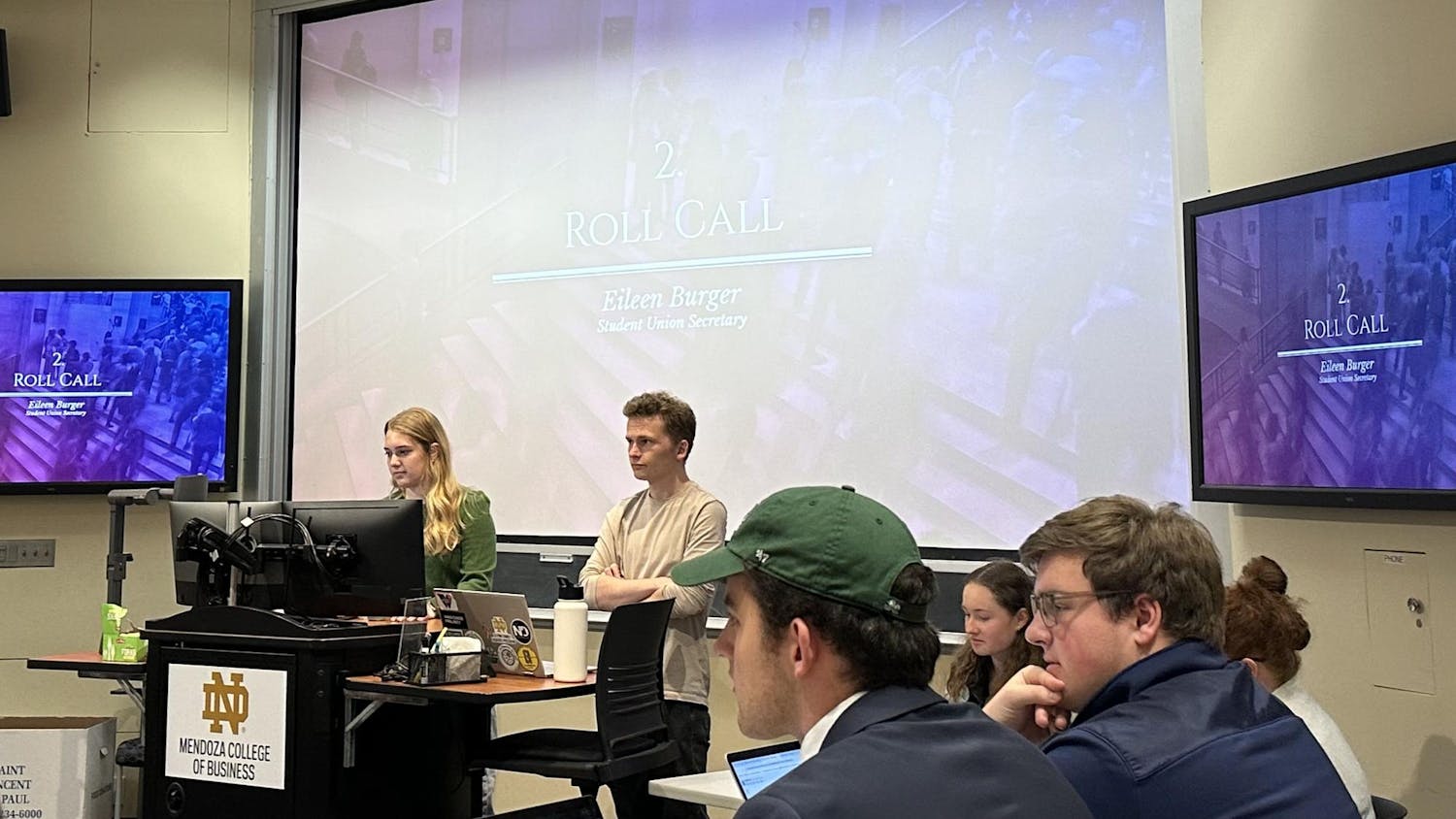Last week, the National Science Foundation (NSF) renewed funding for the Notre Dame-led Joint Institute for Nuclear Astrophysics (JINA).
“Over the last decade, JINA has pushed the frontiers of physics by fostering collaborations between researchers who normally would not have interacted with one another,” Michael Wiescher, principal investigator and Notre Dame’s Frank M. Freimann Professor of nuclear physics, said. “There is also a strong educational component for both young researchers as well as K-12 and general public outreach.”
According to a University press release, JINA is dedicated to the research of broad-range nuclear processes in the universe and their effect on the lifetime and creation of stars.
“One goal of JINA is to answer the longstanding question of where the heaviest elements — like platinum and uranium — found on Earth were originally produced. Since we don't know where in the galaxy these elements are made, we use our models to test possible astrophysical sites, like supernovae,” Rebecca Surman, researcher and associate professor of nuclear theory and astrophysics at Notre Dame, said.
Notre Dame has collaborated with Michigan State University, Arizona State University and the University of Washington, all core institutions in the research, according to a University press release.
“It really brings together scientists from diverse areas of physics, such as nuclear experiments, astronomical observations, astrophysical modeling and nuclear theory to solve multidisciplinary problems in nuclear astrophysics,” Surman said.
The institute is broad in its research, and according to Surman, this represents only a small amount of the work JINA does, as all the research builds on itself.
“As part of JINA, I make recommendations as to which of these unstable nuclei have properties that most strongly influence the models and thus should be the targets of the next generation of nuclear physics experiments led by JINA nuclear physicists,” Surman said. “I work to understand its impact on astrophysical predictions. The predictions can be compared to observations made by JINA astronomers.”
While the nuclear astrophysics can appear complicated, graduate student and researcher Tyler Anderson simplified the question JINA asks to the following: “Where do all the elements come from?”
“We know that elements up to iron are created in stars through nuclear fusion, but we can nail down the specifics of those processes by recreating the relevant nuclear reactions in the lab,” Anderson said. “Most experiments boil down to smashing a nucleus into a stationary one and watching what comes out. Depending on what we see, such as gamma rays or x-rays, which are just different energies of light, or other ejected nuclei, we can piece together what happened in the reaction.”













